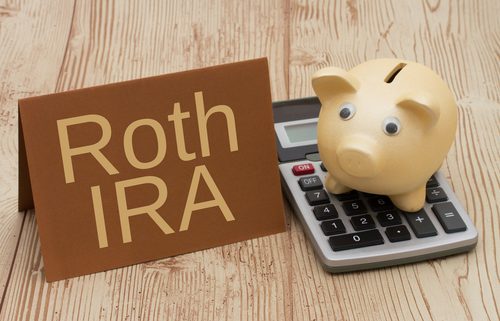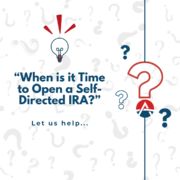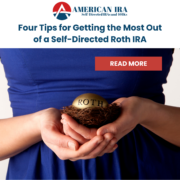Tips for Getting More Out of a Self-Directed Roth IRA
A Self-Directed Roth IRA is a powerful wealth-building tool and provides you with a tremendous amount of advantages over a Traditional IRA. Using a Roth IRA, you will invest post-tax dollars to ensure a higher level of tax protection while investments grow in the account. But how do you get more out of a IRA, and how do make full use of smaller contribution limits to build a substantial nest egg for you and yours?
Tip #1: Max Out Your Self-Directed Roth IRA
This might sound like an ambitious way to approach your retirement, but because the contribution limits on the Roth IRA are lower than they might be with other Self-Directed accounts, you might not find this as challenging as you thought. Here are the current contribution limits for 2019:
- $6,000 for those 49 and younger
- $7,000 for those 50 and older
If you use a Self-Directed Roth IRA as one of your chief investment tools, then it’s possible to max out your IRA quickly.
Why bother? Because the Roth IRA’s advantage of using post-tax dollars for investing means that you are front-loading your taxes on this money. An investment like a piece of real estate or a private stock with a self-directed account will then grow with a tremendous amount of retirement account protection.
Tip #2: Rollover to a Self-Directed Roth IRA
If you have to play catch-up with contributions to a Roth IRA, you might find that progress is slower than you’d hoped. But you can fund a Self-Directed IRA via a rollover and receive numerous advantages from doing so.
For example, converting a 401(k) to a Roth IRA with a new institution means that you can take advantage of substantial assets in the previously-401(k) account while now enjoying the benefits of a Roth IRA.
There may be some limits here. In some cases, a retirement account can be rolled over to a Traditional IRA, which can then be converted to a Roth IRA. However, these are options worth exploring if you’re certain that you want to continue your retirement savings plan with a Self-Directed Roth IRA.
Tip #3: Maximize Your Estate Planning Benefits
Because the Self-Directed Roth IRA can grow tax-free indefinitely, it has particular value as an estate planning tool. You won’t be required to take contributions out of the account even after you reach retirement age. That means that you can use other accounts to directly fund your retirement while the Roth IRA grows and grows.
Leaving a Roth IRA to an heir then allows you to use it as an estate planning tool. While this is not always ideal for people who need to squeeze the most out of every dollar for retirement, it can help you supplement your estate planning strategies.
Tip #4: Get Started Early
One of the most powerful ways to ensure that you get the most of your Roth IRA is to open it as soon as possible. Because of the lower contribution limits, the chief advantage of the Self-Directed Roth IRA is that you can grow your money tax-free. That means that the longer the lifespan of each dollar in the IRA, the better off you’ll be. There will be more to take out during retirement, at which point you can completely realize the benefits of a Self-Directed Roth IRA and its front-loaded tax design.
Additionally, with Self-Direction, you will be able to take on nonconventional retirement assets from tax liens, real estate investment properties, and more. For more information on the Self-Directed Roth IRA, call American IRA at 866-7500-IRA.
Interested in learning more about Self-Directed IRAs? Contact American IRA, LLC at 866-7500-IRA (472) for a free consultation. Download our free guides or visit us online at www.AmericanIRA.com.










